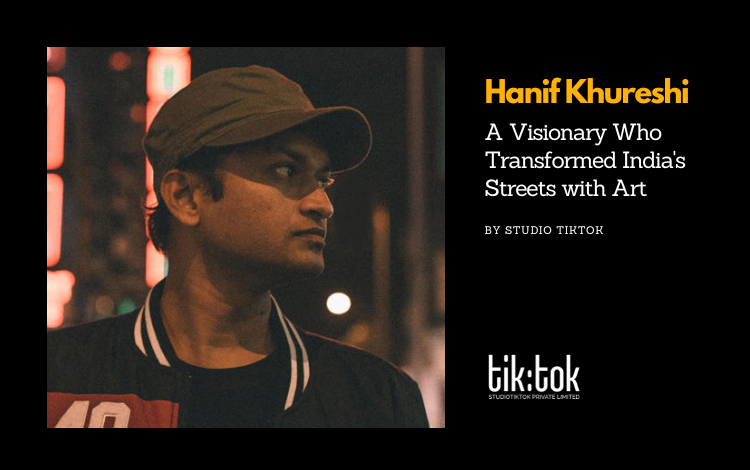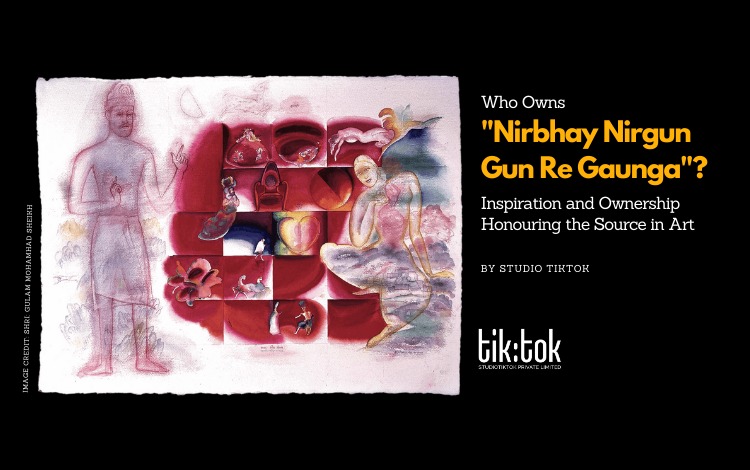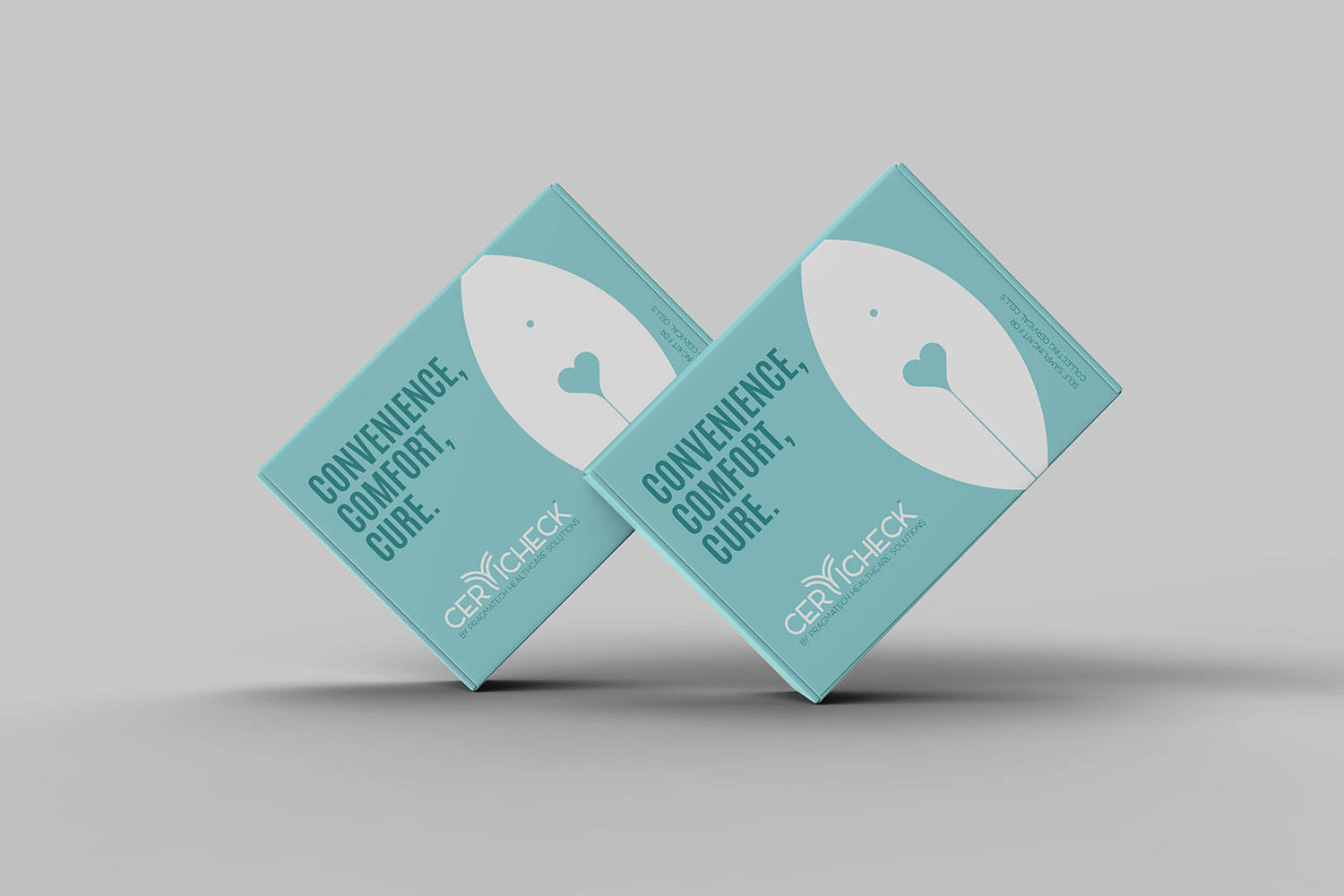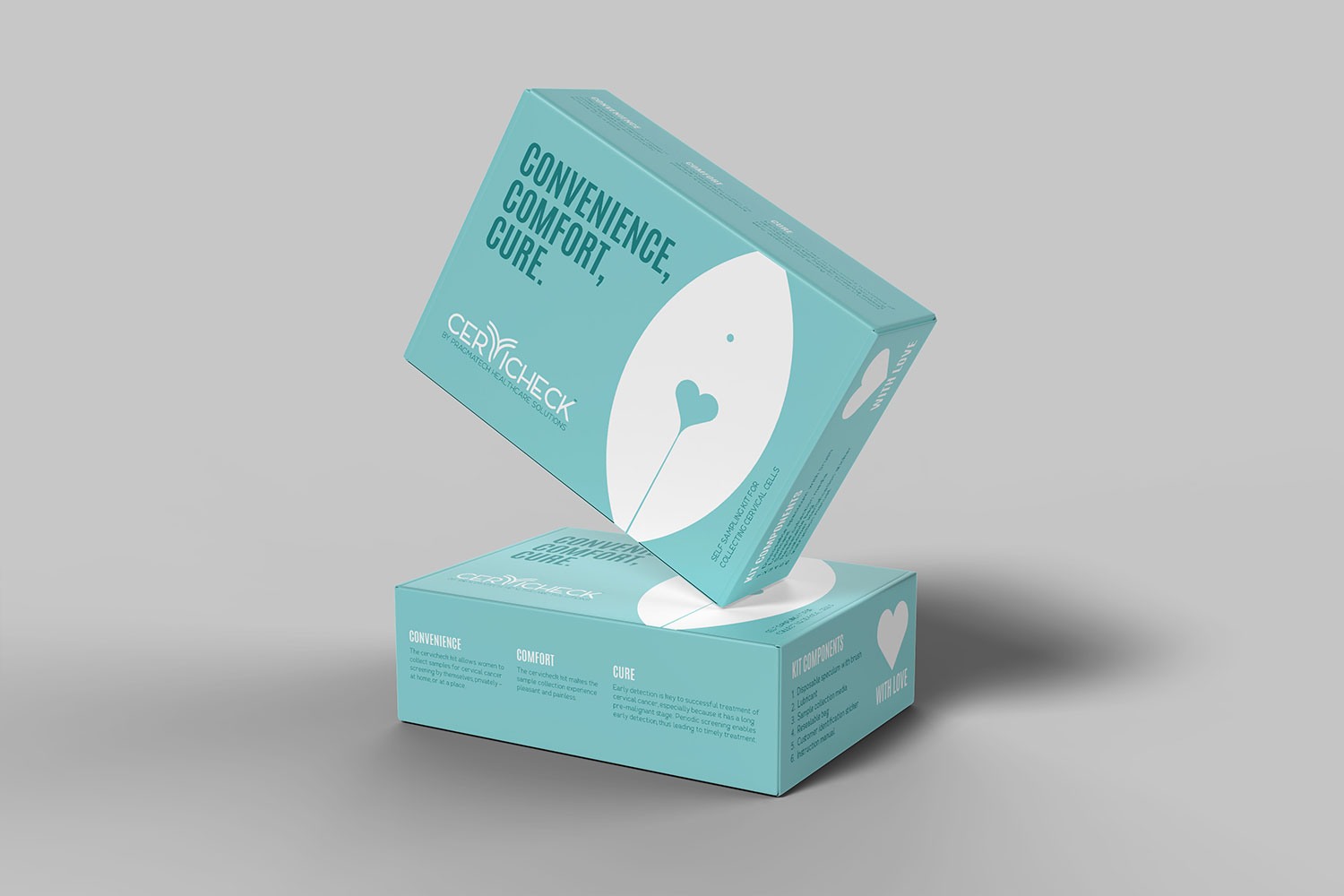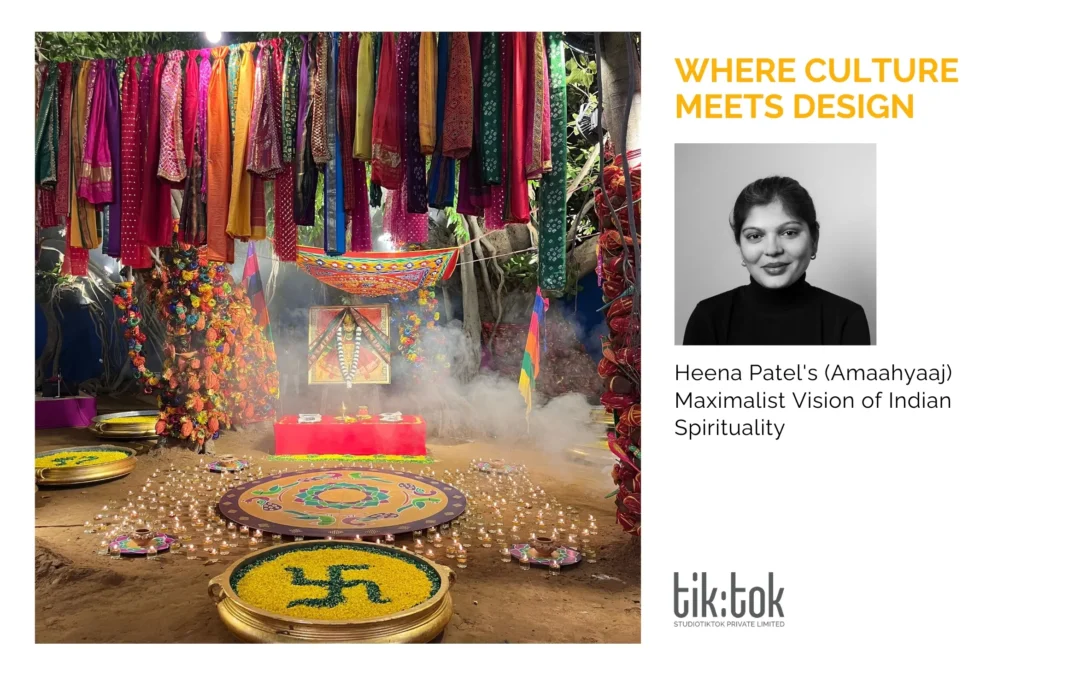
Where Culture Meets Design – Heena Patel’s (Amaahyaaj) Maximalist Vision of Indian Spirituality
Where Culture Meets Design
Heena Patel’s (Amaahyaaj) Maximalist Vision of Indian Spirituality





Image courtesy: Amaahyaaj
Heena Patel, the innovative mind behind Amaahyaaj, has carved a niche in the immersive event design world. Her distinct approach, deeply rooted in Indian culture, spirituality, and ceremonial practices, sets her apart. Her recent shift from floral décor is a testament to her unique embrace of sacred and symbolic Indian traditions. Her designs are not just visually appealing, but they also create immersive spaces that transport people to a spiritual realm, engaging them in a cultural and spiritual experience.

One of her recent works, the wedding design for Anant Ambani and Radhika Merchant, has garnered much attention. However, the true essence of her approach deserves a deeper look. Inspired by age-old Indian rituals, Heena fills trees with dry coconuts wrapped in red Bandhini cloths, bordered with shiny fabrics that evoke a sense of festivity and reverence. Another striking feature of her design is lemons and coconuts tied with threads dipped in kumkum and haldi. These symbolic elements, typically seen in religious practices, bring an earthy and spiritual connection to the spaces she creates.
Video Source: JioCinema
Heena’s use of fresh green banana bunches tied with rustic ropes, temple bells hanging from the trees, and handmade lifesize wooden parrots perched around branches are details that elevate the atmosphere beyond mere decoration. She also incorporates colourful glass bangles as symbolic elements in the temple design, adding a layer of ritualistic beauty and cultural depth. It is as if the entire space becomes a sanctum, where every element invokes a deeper sense of peace, reflection, and celebration of life. Organic and traditional materials align with Indian spiritual customs, where nature is revered, and objects like coconuts, lemons, bangles, and bells carry sacred significance.
Video Courtesy: National Geographic India | Video Source: Youtube
On a recent visit to her ongoing project at the Lakshmi Vilas Palace Heritage Garba, we experienced this magic firsthand. Heena had transformed the grounds into a world of celebration, yet the true heart of her work lay in the temple space she had created around the ancient banyan tree. Like every year, the tree’s roots were adorned with dry coconuts wrapped in Bandhini cloth, and lemons tied with kumkum- and haldi-dipped threads. Fresh banana bunches and temple bells dangled from the branches, while the wooden parrots and colourful bangles added a whimsical yet sacred touch. This meticulous design didn’t just decorate the space but invoked a sense of spiritual transcendence, turning the tree into a living temple.
Heena’s work reflects a process-oriented approach to Indian rituals, often witnessed in religious places like temples. The simple act of tying a thread to a tree, repeated over time, becomes a symbol of belief, a practice rooted in faith and devotion. Her maximalist approach to design, where each element contributes to a more significant spiritual narrative, beautifully aligns with the intricacies of Indian culture. By incorporating layers of meaning and ritualistic symbolism, Heena creates spaces that are not only visually captivating but also deeply resonant with cultural heritage. In doing so, she invites people to experience the magic of tradition in a contemporary yet soulful setting, making her work exceptional.


